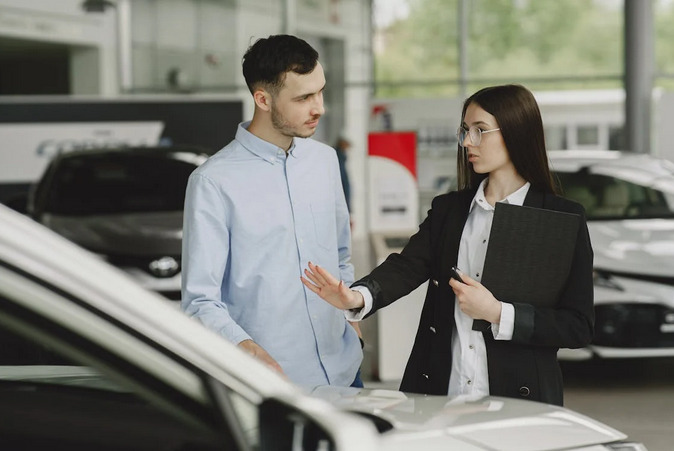Buying a car can be exciting and challenging, especially with car dealers’ strategies to maximize their profits. A car dealer is trained to negotiate and close deals in ways that favor their business, so being aware of their methods can help you make informed choices and save money. Here are some common tactics car dealers use to influence the deal, along with tips on how to navigate them.
Offering an Irresistible Low Monthly Payment
One of the most enticing tricks dealers use is focusing on low monthly payments. By highlighting the affordability of a monthly payment rather than the overall price, they can stretch the loan term and potentially increase the total cost of the car. A low monthly rate might seem manageable, but the total interest paid over time could make the vehicle significantly more expensive than anticipated. Negotiating the car’s total purchase price is important rather than focusing solely on the monthly payments. By settling on the car’s total cost first, you can then evaluate financing options based on that amount, ensuring you’re getting the best deal without unnecessary fees.
Bundling Add-Ons and Extras

Dealers often suggest add-ons, such as extended warranties, rustproofing, or paint protection, which can quickly add to the car’s cost. While these extras can provide certain benefits, they are usually marked up significantly at the dealership. Dealers are well aware that customers often get caught up in the moment and may agree to add-ons without fully considering their necessity or value. To avoid overspending, research each add-on to determine if it’s worth purchasing. In many cases, services like extended warranties or paint protection can be found cheaper through third-party providers. Take the time to assess which options are genuinely beneficial and which are merely inflating the final price.
Emphasizing Rebates and Discounts
Another common approach is for dealers to advertise impressive rebates or discounts to attract customers. However, these incentives are sometimes used to steer the conversation away from the vehicle’s base price, potentially masking the real cost of the car. Additionally, rebates and discounts only apply to specific models or trims, restricting options for buyers interested in more expensive features. When offered a rebate, ask the dealer for the original vehicle price without the discount. Then, confirm any stipulations or conditions for receiving the rebate. This way, you can compare the real cost and decide if it aligns with your budget and needs.

Using “The Trade-in Trick”
For buyers with a vehicle to trade in, dealers often bundle the trade-in value with the new car’s price to create the illusion of a favorable deal. They may inflate the trade-in value or subtly reduce the new car’s price to make it seem like you’re getting more value. However, this tactic can make it difficult to see the actual value of the trade-in or the car you’re buying. A helpful strategy is to negotiate the trade-in and purchase price separately. Request an evaluation of your trade-in before discussing the new car price so you clearly understand what your current car is worth. This way, you can accurately compare offers and avoid a “bundled” deal that could obscure costs.
Understanding dealers’ strategies can empower you to make better financial decisions when buying a car. By focusing on the total cost, researching add-ons, and securing external financing, you can avoid the traps that might increase your final price. Car dealerships are experienced in negotiation, but with preparation and patience, you can negotiate effectively and drive away with a deal that suits your needs and budget.



